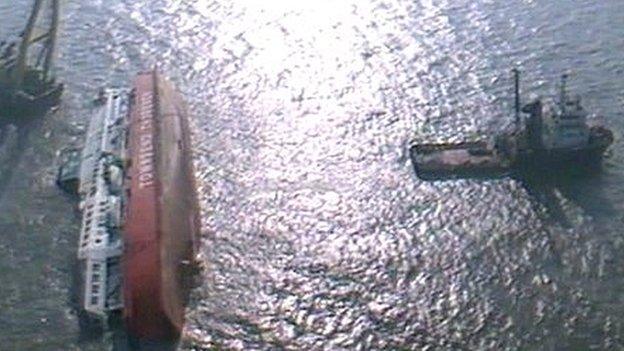Zeebrugge ferry disaster marked 30 years on
- Published
Memorial events for the Zeebrugge disaster
Events have been held on both sides of the English Channel to mark the 30th anniversary of the Zeebrugge ferry disaster.
The Herald of Free Enterprise capsized on 6 March 1987, resulting in the deaths of 193 passengers and crew.
The names of those who died were read out at a service at St Mary's Church in Dover.
The passenger ferry began taking in water shortly after leaving Belgium on its way to the Kent port.
It capsized in 90 seconds when the crew failed to shut the bow doors.
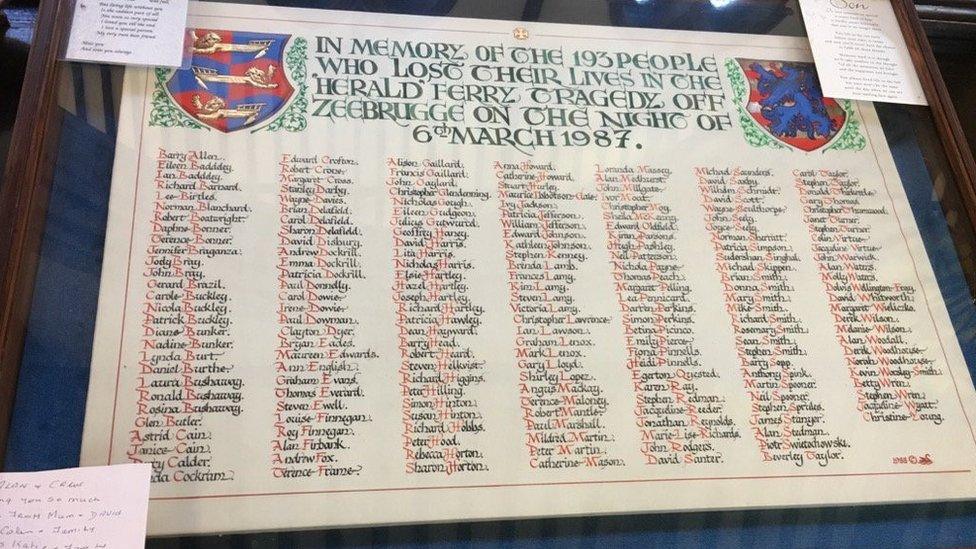
All but seven of the 193 people who died in the disaster were British
The ship's bell was returned to Dover and officially given to St Mary's Church at the memorial service, attended by 400 people.
Staff from the Port of Zeebrugge at the time of the disaster handed the bell to Sailors' Society chief executive Stuart Rivers and Brian Gibbons, the last survivor to be pulled out alive.

Wreaths have been thrown into the sea at the site of the disaster, off the Belgian coast
Daniel Lamote, who was safety officer at the Port of Zeebrugge, said the bell had been kept in an attic.
He persuaded the owner to release it to him so it could be put "where it belongs" in "honour of all of the victims, survivors, family and friends".
Mr Gibbons, a lorry driver, was returning on his first ferry crossing when the ship went down.
Remembering that night, he said: "All the lights went out, it was completely pitch-black dark, we could hear the inrush of water along with the screams and the shouts and everything else."

Kim Spooner, niece of disaster victims Neil Spooner and Mary Smith
Most of the 500 people on the Herald of Free Enterprise had taken advantage of a newspaper promotion offering a £1 return trip from Dover to Zeebrugge.
Kim Spooner was aged eight when her aunt and uncle - Mary Smith and Neil Spooner, known as Billy - were killed in the tragedy.
She said: "I remember it so vividly - sitting in our front room, seeing the news flash, hearing that something terrible had happened in Belgium - and my mum just saying 'I think Billy and Mary were on that ship'.
"I didn't really process what that meant at the time, to be honest, but sitting up all night waiting to hear them call, waiting, hoping that they would get in touch, and it didn't happen."
It is 30 years since the Zeebrugge ferry capsized, killing 193 people
Passengers at the time described the moment the ship began to flood with water.
The BBC's Kate Adie reported: "First the plates fell gently off the restaurant tables.
"Then suddenly the tables, the chairs and people crashed sideways and downwards. The windows were under water.
"The water burst in, and the ship was in darkness."
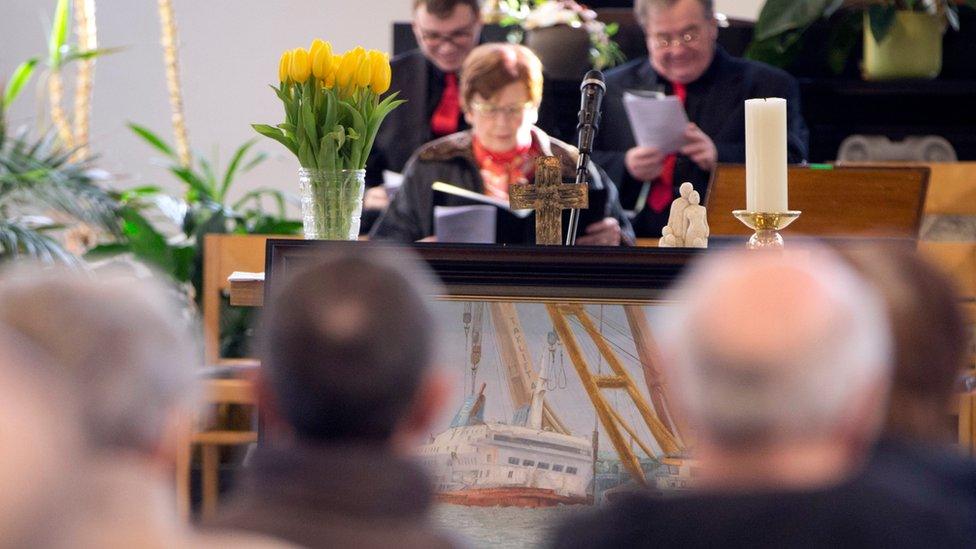
A memorial service was held in Saint Donaas Church in Zeebrugge
A memorial event also took place in Zeebrugge, where every year people gather in front of a statue erected to those who died.
All but seven of those who died were British.
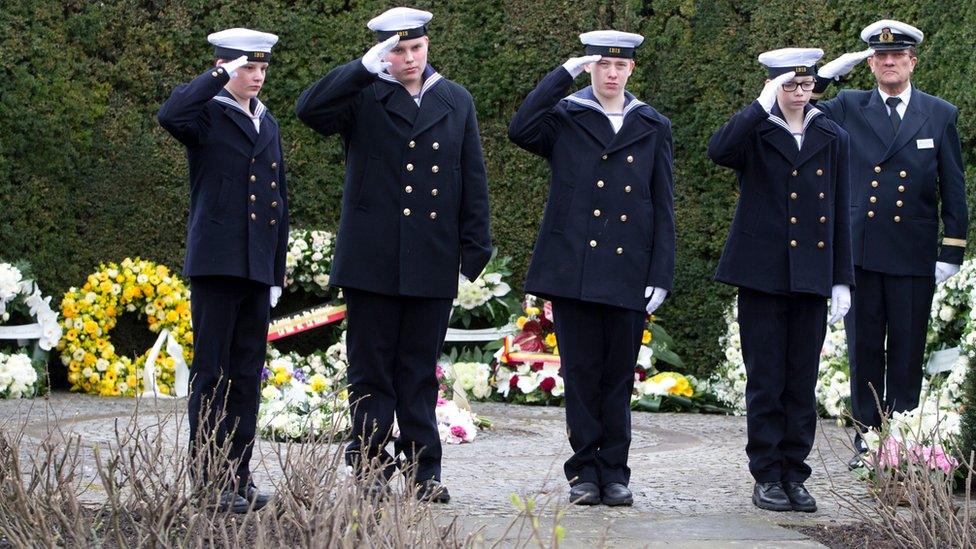
Belgian Navy cadets took part in the commemoration service in Zeebrugge
A video message from the governor of West Flanders, Carl Decaluwe, was shown during both the Dover and Zeebrugge services.
He said: "Neither in Belgium, nor in the UK, have we forgotten the victims and rescuers of the Herald. We are today united in our commemoration."

The British ambassador to Belgium, Alison Rose, laid a wreath in Zeebrugge
- Published6 March 2017
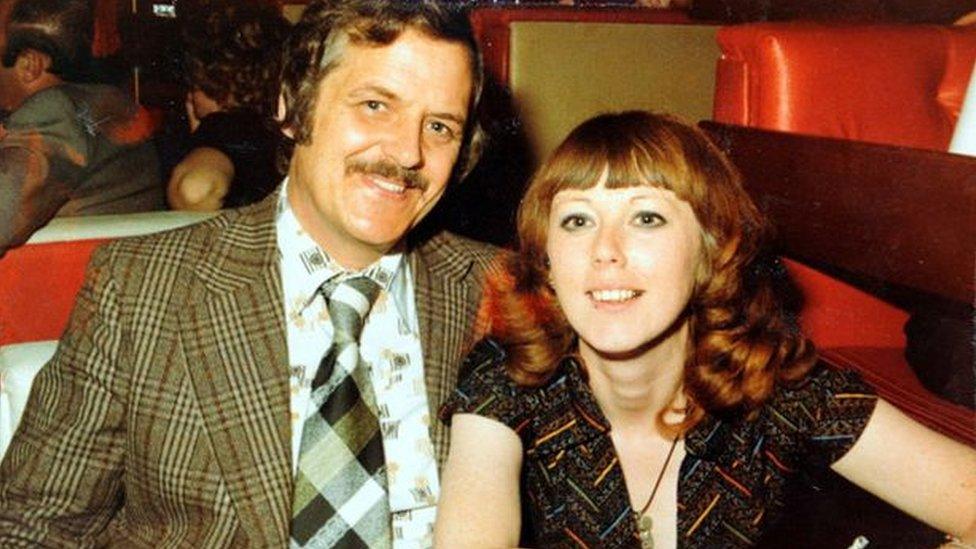
- Published5 March 2017
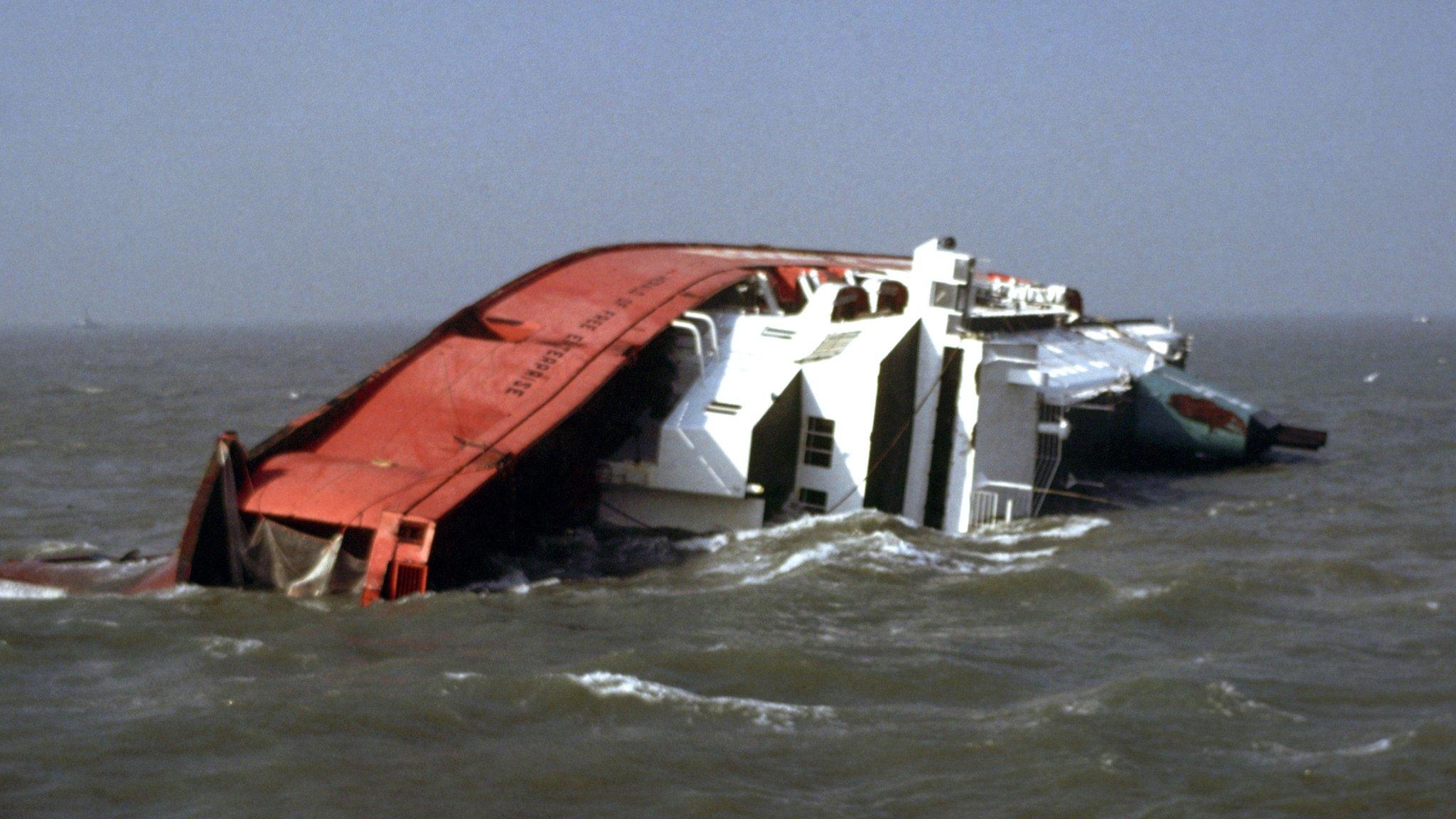
- Published18 August 2014
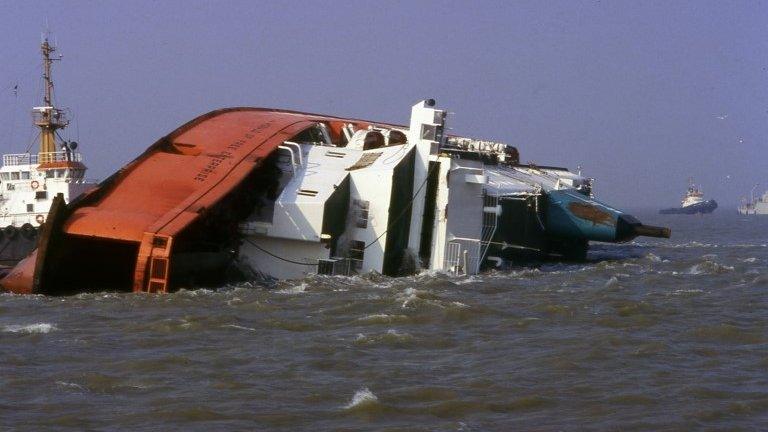
- Published7 March 2012
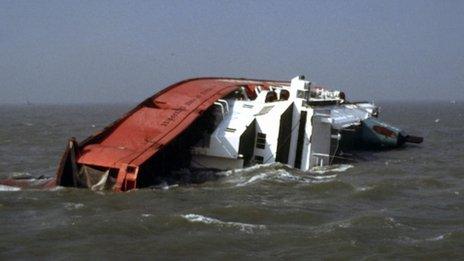
- Published6 March 2012
